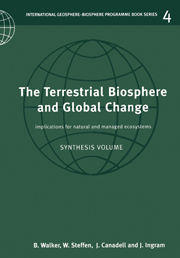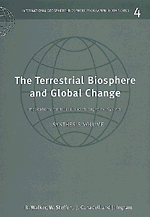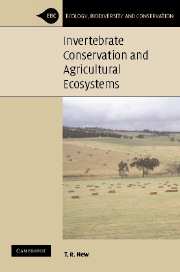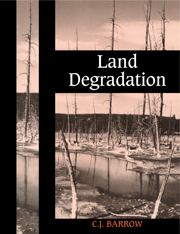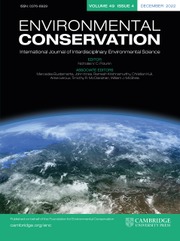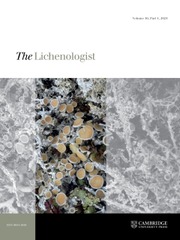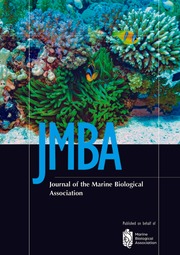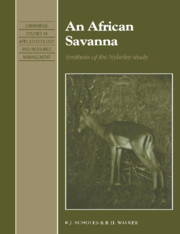Global Change and Terrestrial Ecosystems
This major new book presents a collection of essays by leading authorities who address the current state of knowledge. The chapters bring together the early results of an international scientific research program designed to address what will happen to our ability to produce food and fiber, and what effects there will be on biological diversity under rapid environmental change. This book addresses how these changes to terrestrial ecosystems will feed back to further environmental change. International in scope, this state-of-the-art assessment will interest policymakers, students and scientists interested in global change, climate change and biodiversity. Special features include descriptions of a dynamic global vegetation model, developing generic crop models and a special section on the emerging discipline of global ecology.
- Star cast of contributors from around the world
- Second in a new book series dealing with a major programme of research in the field of global change
- State of the science assessment of the effects of raised carbon dioxide levels on land-based ecosystems
Reviews & endorsements
"This is a very useful compendium of articles on all aspects of the relationship between climate change and the health of ecosystems...Taken together, the various chapters represent one of the best collections of review articles on the science of climate change and the implications for terrestrial ecosystems...[T]he book is highly recommended." The Quarterly Review of Biology
"This is a very useful compendium of articles on all aspects of the relationship between climate change and the health of ecosystems...Taken together, the various chapters represent one of the best collections of review articles on the science of climate change and the implications for terrestrial ecosystems...[T]he book is highly recommended." The Quarterly Review of Biology
"The book focuses on what we need to know in order to understand our planet better...there is much variation in the value of its 28 chapters, which are arranged in five sections (Ecosystem physiology; Ecosystem structure; Agriculture, forestry and soils; Ecological complexity; and Earth system science)." William H. Schlesinger, American Scientist
"Many of the chapters will be of interest to researchers beyond climate change, especially those with a general interest in landscape and ecosystem dynamics, modelling, and analysis." Environments
Product details
November 1996Paperback
9780521578103
637 pages
247 × 173 × 30 mm
1.208kg
63 b/w illus. 11 colour illus. 51 tables
Out of stock in print form with no current plan to reprint
Table of Contents
- Part I. Introduction:
- 1. GTCE Science: objectives, structure, and implementation B. H. Walker and W. L. Steffen
- Part II. Ecosystem Physiology:
- 2. Ecosystem physiology H. A. Mooney
- 3. The response of complex multispecies systems to elevated CO2 C. H. Korner
- 4. Elevated CO2 and terrestrial vegetation: implications for and beyond the global carbon budget F. A. Bazzaz et al.
- 5. The role of vegetation in controlling carbon dioxide and water exchange between land surface and the atmosphere E. -Detlef Schulze et al.
- 6. Integrated models of ecosystem function: a grassland case study Michael B. Coughenour and W. J. Parton
- Part III. Ecosystem Structure:
- 7. The importance of structure in understanding global change H. H. Shugart
- 8. The application of patch models in global change research T. M. Smith and H. H. Shugart
- 9. Climate change, disturbances and landscape dynamics Robert H. Gardner et al.
- 10. Linking the human dimension to landscape dynamics Ian R. Noble
- 11. Landscape diversity and vegetation response to long-term climate change in the Eastern Olympic Peninsula, Pacific Northwest USA L. B. Brubaker and J. S. McLachlan
- Part IV. Agriculture, Forestry and Soils:
- 12. The work of Focus 3 P. B. Tinker and J. S. I. Ingram
- 13. Agriculture and global change: scaling direct carbon dioxide impacts and feedbacks through time R. M. Gifford et al.
- 14. Predicting crop yields under global change J. Goudriaan
- 15. Global change impacts on managed forests S. Linder et al.
- 16. Linked pest-crop models under global change P. S. Teng et al.
- 17. Soil erosion under climate change C. Valentin
- Part V. Ecological Complexity:
- 18. Global change and ecological complexity O. E. Sala
- 19. Self organization in ecosystems: lumpy geometries, periodicities and morphologies C. S. Holling et al.
- 20. Diversity of soil biota and ecosystem function O. W. Heal et al.
- 21. The functional role of species in terrestrial ecosystems F. S. Chapin III et al.
- 22. Carbon and nitrogen interactions in the terrestial biosphere: anthropogenic effects J. M. Melillo
- 23. Global dynamic vegetation modeling: coupling biogeochemistry and biogeography models R. P. Neilson and S. W. Running
- 24. Global and regional land use responses to climate change M. L. Parry et al.
- 25. Incorporating land-use change in Earth system models illustrated by Image 2 R. Leemans
- 26. Developing the potential for describing the terestrial biosphere's response to a changing climate F. I. Woodward
- 27. Data requirements for global terrestrial ecosystem modelling W. Cramer and A. Fischer
- 28. Satellite data for monitoring, understanding and modelling of ecosystem functioning A. Fischer et al.
- 29. Predicting a future terrestrial biosphere: challenges to GTCE science B. H. Walker
- Index.


